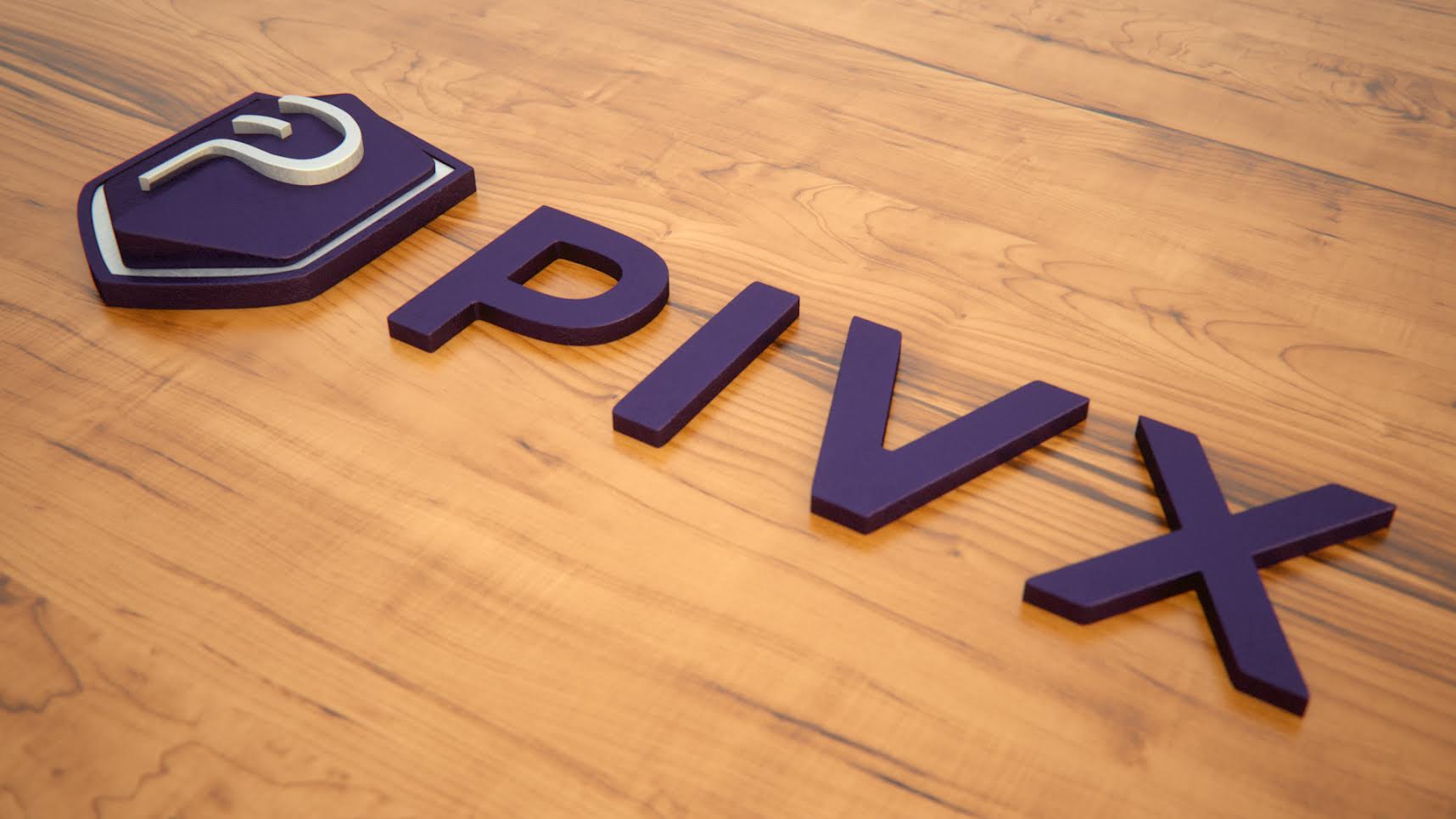Competition in the cryptocurrency ecosystem can only be considered a good thing. There is nothing wrong with taking an existing project, forking the code, and exploring different options down the line. That is exactly what happened with PIVX, as it is an original fork of Dash, another popular privacy-oriented cryptocurrency. PIVX stands for Private Instant Verified Transaction (X) and is a currency which focuses mainly on security and privacy.
Why was PIVX Forked From Dash?
No one can deny Dash has quickly become a popular cryptocurrency, even though there are some questions regarding its approach. With optional transaction privacy and the developers’ ability to shut down network-wide functions in a pinch, it seems a different approach is more than warranted. Even so, the Dash project offers a lot of interesting features on which PIVX is based, including the masternode model and Tor support. There is also no premine to speak of, which is well worth taking into account when looking into PIVX.
How Does PIVX Work Exactly?
Saying that a new cryptocurrency is private and actually making it so are two very different things. While PIVX is a multifaceted endeavor to provide transaction security and a privacy-focused cryptocurrency, it’s always worth looking into how things work under the hood. Cryptocurrency users should be able to enjoy privacy – and even anonymity – by default, rather than have to jump through hoops first. With PIVX, privacy is offered by default. Untraceable transactions use a combination of Coinjoin and the Zerocoin protocol, but there is still some further work to be done in this regard.
It is worth mentioning that PIVX initially launched under the Darknet (DNET) brand, yet it has since come a long way. A professional rebrand to PIVX has helped highlight the features this currency has to offer. Achieving near-instant private transactions will prove to be challenging, though certainly possible. Right now, this feature as implemented by PIVX is a bit similar to DASH’s PrivateSend, as it is made possible by the masternodes hosted on the PIVX network. Setting up such a masternode costs 10,000 PIVX, and rewards users a few PIVX per month for doing so.
Additionally, PIVX uses proof-of-stake 3.0 as a consensus algorithm. It is also based on the Quark hashing algorithm, and there is no hardware capable of mining PIVX as of right now. With a block time of 60 seconds, it’s also a lot faster than Dash. There is a 60,000 PIVX premine which was used to set up six initial network masternodes. As more people set up their nodes, the PIVX premine was effectively burned from the supply later on.
What is Next for PIVX?
The 2018 roadmap for PIVX introduces some interesting changes. zPIV staking will be introduced, which is a first for any cryptocurrency. It combines Zerocoin with proof of stake to offer 50% more staking rewards. There will also be an iOS wallet once the team complies with all of Apple’s demands in this regard. It seems the Ledger wallet will be able to support collateral for a PIVX masternode moving forward, which will certainly attract a lot of positive attention moving forward. Last but not least, there will be a zPIV decentralized exchange, known as zDEX. The trading fees generated by this platform will be returned to masternode owners, which creates even more incentive to hold onto one’s coins.

